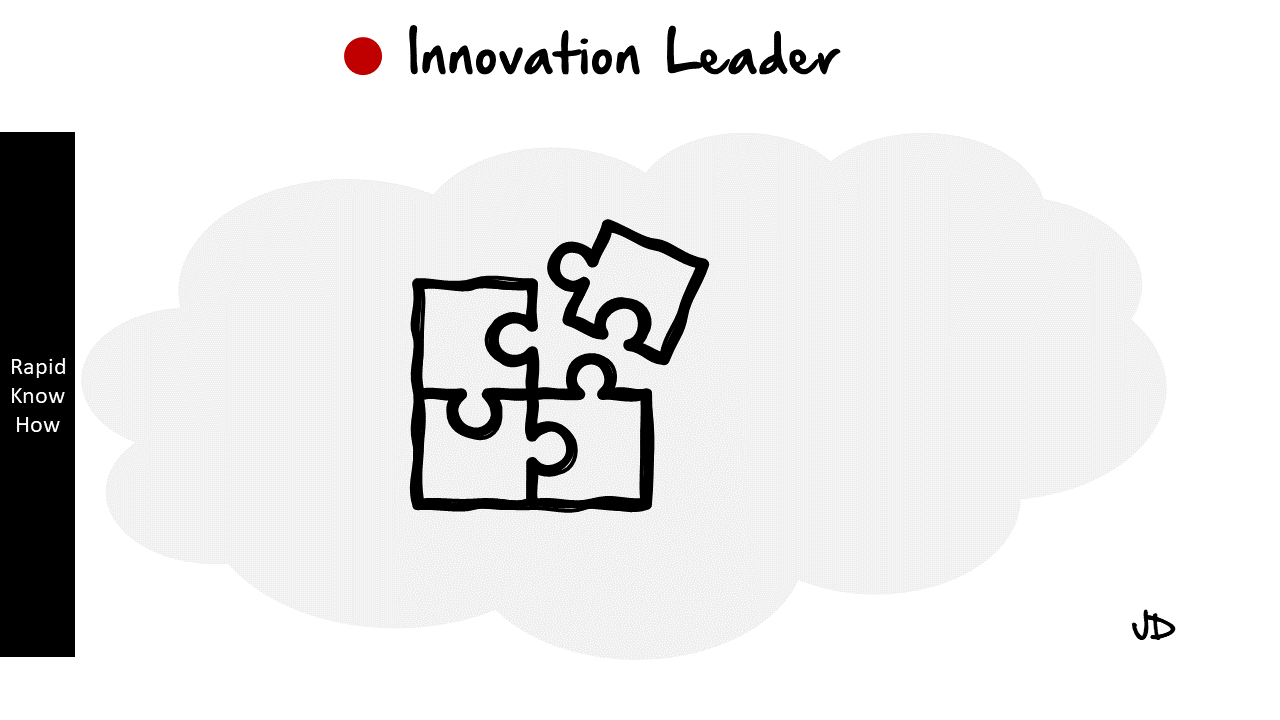Storyboarding is an integral part of the animation process, serving as a visual blueprint that guides the production team from the initial concept to the final product. It is a creative process that involves drawing a series of images to represent the sequence of events in an animated film or series.
A. Importance of Storyboarding in Animation
Storyboarding is crucial in animation for several reasons. First, it helps animators visualize the storyline, making it easier to understand and follow. It provides a clear picture of what each scene should look like, including the characters’ actions, camera angles, and transitions between scenes.
Secondly, storyboarding allows for efficient planning and organization. It helps determine the resources needed for each scene, such as the number of characters, props, and backgrounds. This way, animators can allocate resources appropriately and avoid unnecessary costs.
Lastly, storyboarding facilitates communication among team members. It ensures everyone understands the director’s vision and their roles in bringing it to life. This way, animators, voice actors, sound designers, and other team members can work together seamlessly.
B. Techniques for Animating Characters and Scenes Using Storyboards
There are several techniques animators use to bring characters and scenes to life using storyboards.
1. Thumbnail Sketches: These are quick, rough sketches that capture the basic layout of each scene. They help animators experiment with different ideas before settling on a final design.
2. Detailed Drawings: Once the layout is finalized, animators create detailed drawings that include character expressions, props, backgrounds, and camera angles.
3. Timing: Animators use arrows and numbers to indicate timing and movement within each scene. This helps synchronize character movements with dialogue and sound effects.
4. Color Coding: Animators often use color coding to differentiate between characters or indicate changes in lighting or mood.
5. Animatics: These are animated storyboards that give a better sense of timing and motion. They often include voiceovers, sound effects, and music.
C. Case Studies from Popular Animated Films or Series
1. “The Lion King”: This classic Disney film used storyboarding to plan out every scene, from the iconic opening sequence to the dramatic final battle. The storyboard helped the team visualize the African savannah and choreograph the characters’ movements.
2. “Toy Story”: As the first fully computer-animated feature film, “Toy Story” relied heavily on storyboarding to plan out complex scenes involving multiple characters and props. The storyboard helped the team manage resources efficiently and ensure consistency in character design.
3. “The Simpsons”: This long-running animated series uses storyboarding to plan out each episode. The storyboard helps the team coordinate voice acting, animation, and sound design, ensuring that each episode is both visually engaging and narratively coherent.
In conclusion, storyboarding is a vital tool in animation that helps bring characters and scenes to life. It facilitates planning, organization, and communication among team members, ensuring that the final product is both visually engaging and narratively coherent. Whether you’re working on a short animated clip or a full-length feature film, storyboarding can help you visualize your ideas and turn them into reality.
